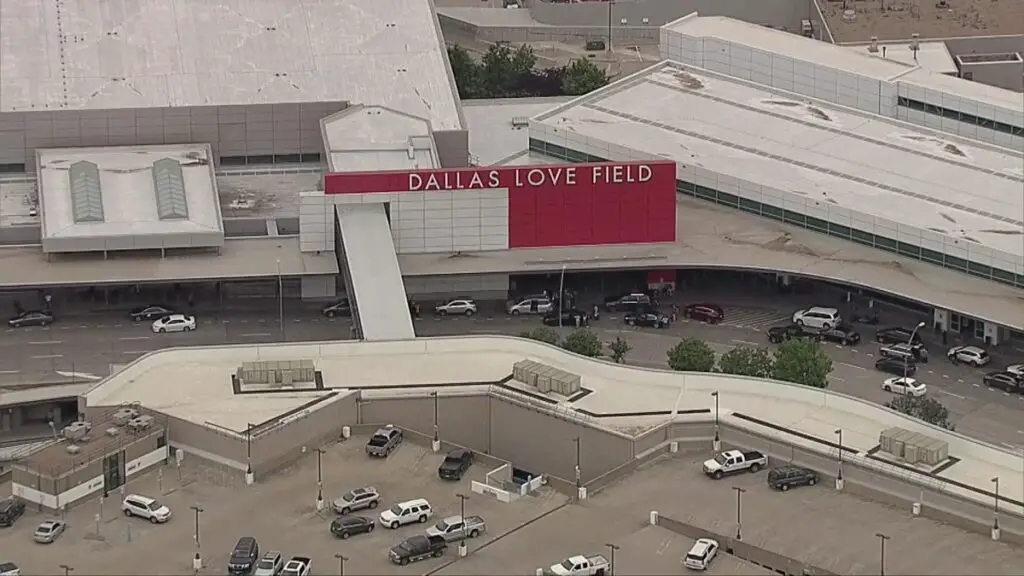FAA Introduces New Technology to Enhance Safety at Dallas Love Field
The Federal Aviation Administration (FAA) has made a groundbreaking announcement regarding Dallas Love Field’s aviation safety. The airport will pioneer the implementation of new technology aimed at mitigating close calls between airplanes during takeoff and landing procedures, a crucial step in improving overall safety measures.
Incident Highlights Urgent Need for Safety Improvements
The decision to deploy this technology comes in the wake of a recent incident at Ronald Reagan Washington National Airport, where air traffic controllers had to intervene to prevent a potentially catastrophic mishap involving Southwest Airlines and Jet Blue flights. This incident underscores the pressing need for enhanced safety protocols in the aviation industry.
Expert Insight on Safety Concerns
According to Dan Stratman, a retired airline pilot and aviation author, the surge in near misses during takeoff and landing can be attributed to staffing shortages and a lack of experienced personnel within the industry. The aftermath of the COVID-19 pandemic led to a significant number of retirements among seasoned professionals, creating a void that the industry is struggling to fill adequately.
FAA’s Response to Safety Challenges
Recognizing the critical nature of the situation, the FAA conducted an independent safety review last year, which revealed alarming safety margins that needed urgent attention. As a result, the FAA unveiled several initiatives to address and eliminate close call incidents.
As part of its commitment to bolstering aviation safety, the FAA announced that Dallas Love Field, along with airports in Austin, Indianapolis, and Nashville, will be the initial recipients of state-of-the-art airfield surveillance systems. These systems aim to provide air traffic controllers with real-time, accurate information on aircraft and ground vehicles, enhancing situational awareness even in adverse weather conditions.
Enhancing Controller Capabilities with Cutting-Edge Technology
FAA Administrator Mike Whitaker emphasized the significance of the new technology in augmenting the safety of airport operations. He likened it to having an additional set of eyes for controllers, enabling them to detect and respond to potential conflicts promptly. This innovative solution aims to prevent incidents like runway incursions, which pose risks to both passengers and aircrew.
Striving for a Safer Aviation Environment
Despite statistics showing a relatively low number of serious incidents at airports like Love Field and DFW Airport, the FAA recognizes the need for proactive measures to prevent future safety breaches. The introduction of advanced airfield surveillance systems signifies a proactive approach to establishing a more secure aviation environment.
Looking Towards the Future of Aviation Safety
While the new technology is a significant step forward, experts like Dan Stratman emphasize that the ultimate solution lies in recruiting and retaining qualified personnel to alleviate staffing shortages and enhance industry experience levels. The FAA’s Safety Call to Action initiative, launched last year, is geared towards increasing air traffic control hiring and improving training programs for new graduates, further underscoring the agency’s commitment to heightening aviation safety standards.
Set to debut in Dallas in July, the new technology heralds a positive change in airport safety practices. The FAA plans to implement this cutting-edge system at several other airports nationwide by the end of 2025, heralding a promising future for aviation safety.
Overall, the introduction of advanced technology coupled with ongoing efforts to strengthen personnel capacity demonstrates a concerted push towards a safer and more efficient aviation industry.

